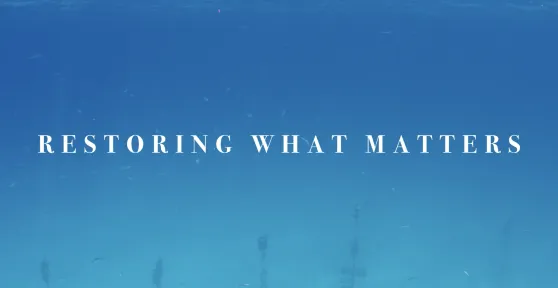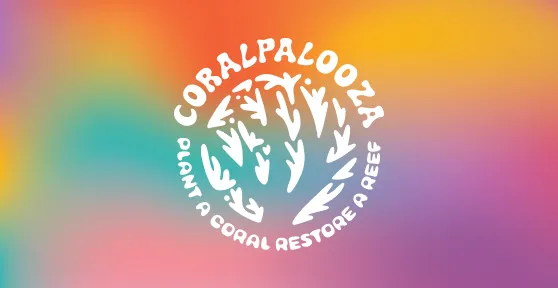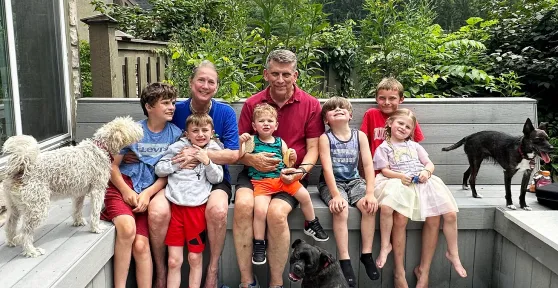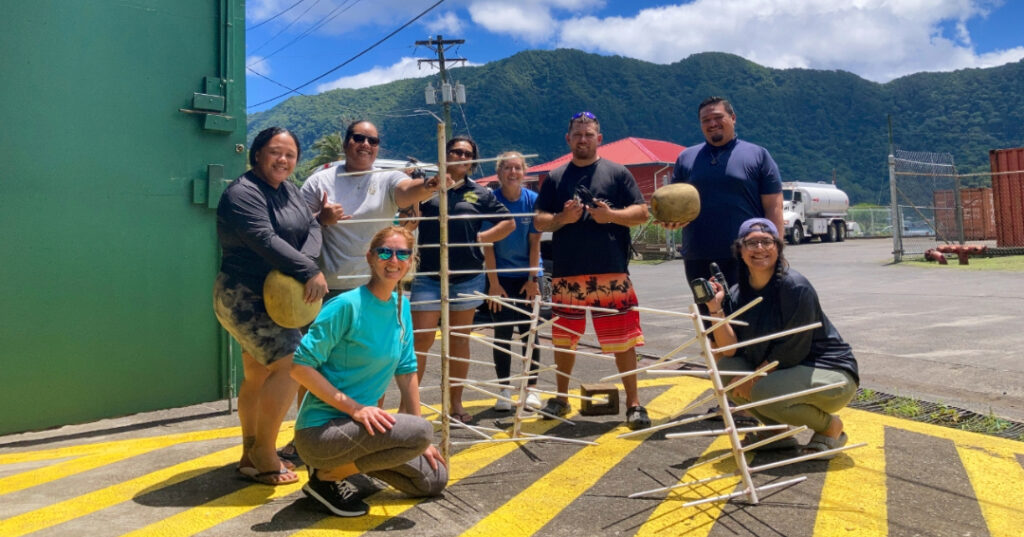
American Samoa is home to extraordinary marine biodiversity, with more than 900 fish species and 230 coral species, including ancient giants like “Big Mama,” a coral estimated to be 500 years old. Yet, like reefs worldwide, these ecosystems are under pressure from climate change and local stressors.
In September 2025, Coral Restoration Foundation™ staff, Reef Restoration Administrator, Nikkie Cox and Learning Ecosystems Administrator, Roxane Boonstra traveled to American Samoa to participate in a week-long learning exchange supported by a National Fish and Wildlife Foundation grant.
This was the fourth coordinated exchange, following previous sessions in the Florida Keys. The goal was to continue building shared knowledge while tailoring restoration approaches to local conditions in American Samoa.
Inspiring the Next Generation
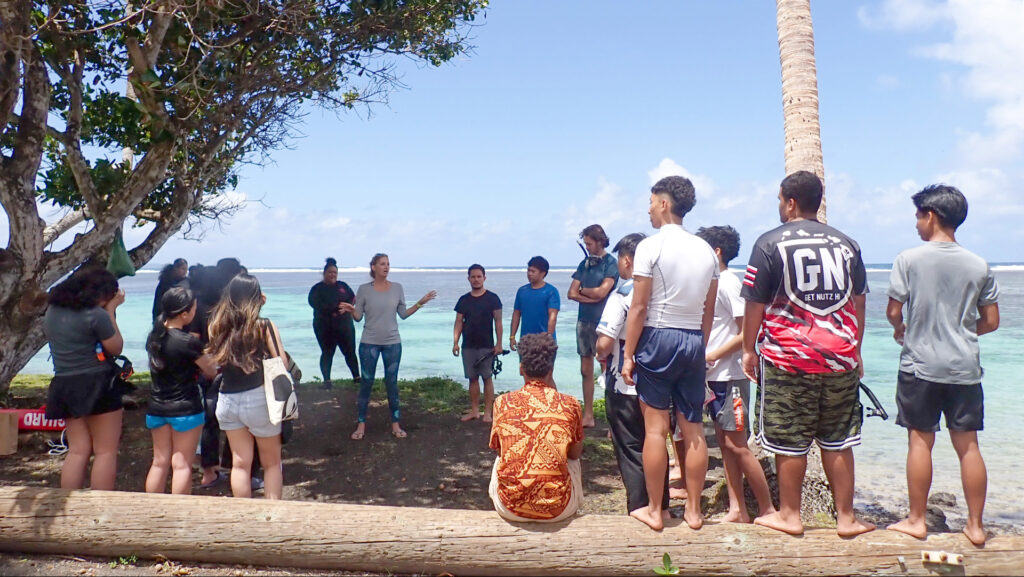
The week began with a two-day workshop designed for teachers and outreach professionals. Roxane developed a curriculum of seven modules, covering everything from coral reef ecology and substrate clearing to monitoring and the design of mock restoration programs.
Participants engaged in classroom lessons, interactive discussions, and hands-on activities that encouraged creative problem-solving. Attendees practiced developing monitoring plans for different scenarios, from community gardens to sea turtle nests, before applying the same framework to coral restoration. By the end, many were surprised to see how naturally their existing knowledge translated to restoration science.

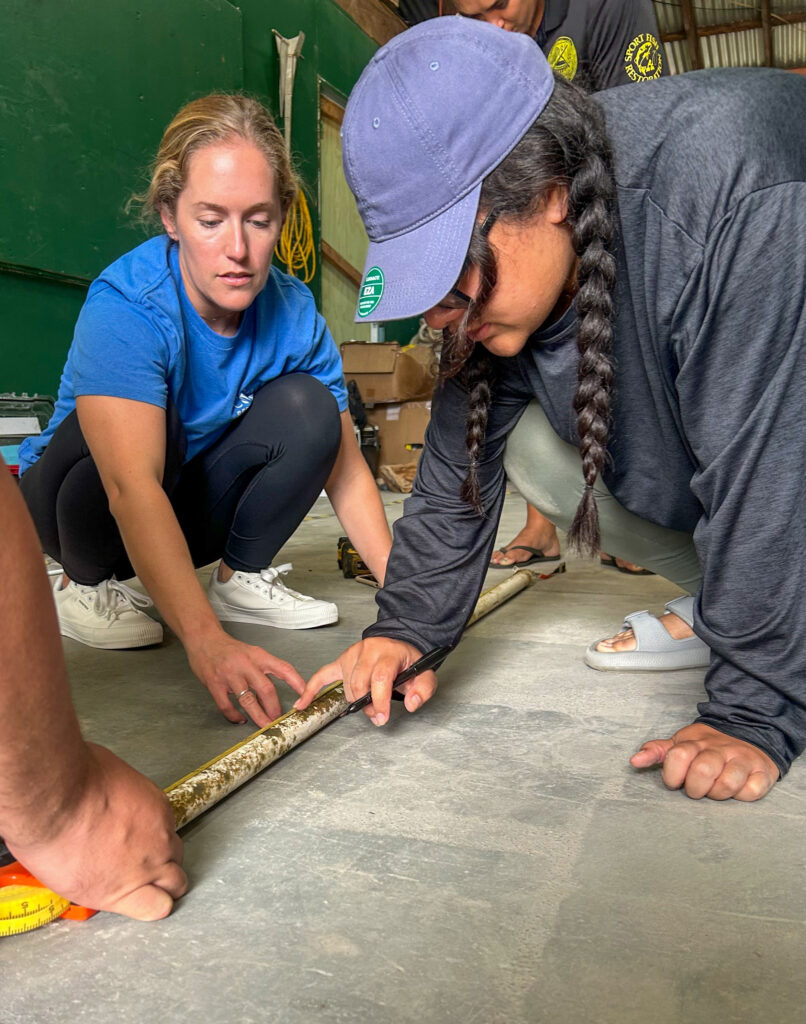

The second day of the workshop brought the curriculum to life in the water. A group of 12th grade students joined teachers and CRF staff at a reef site, where they snorkeled, identified coral morphologies, and collected Corals of Opportunity. Teachers practiced outplanting techniques, learning skills they could later bring back to their classrooms. A 3D-printed coral tree model, left at the Educational Library, will allow teachers to replicate activities with their students for years to come.
Strengthening Restoration Skills
Following the education-focused sessions, attention shifted to in-depth restoration practices with staff from the National Park Service and the Division of Marine and Wildlife. Training covered the construction and maintenance of Coral Trees™, coral hanging, monofilament preparation, nursery installation, and monitoring methods.
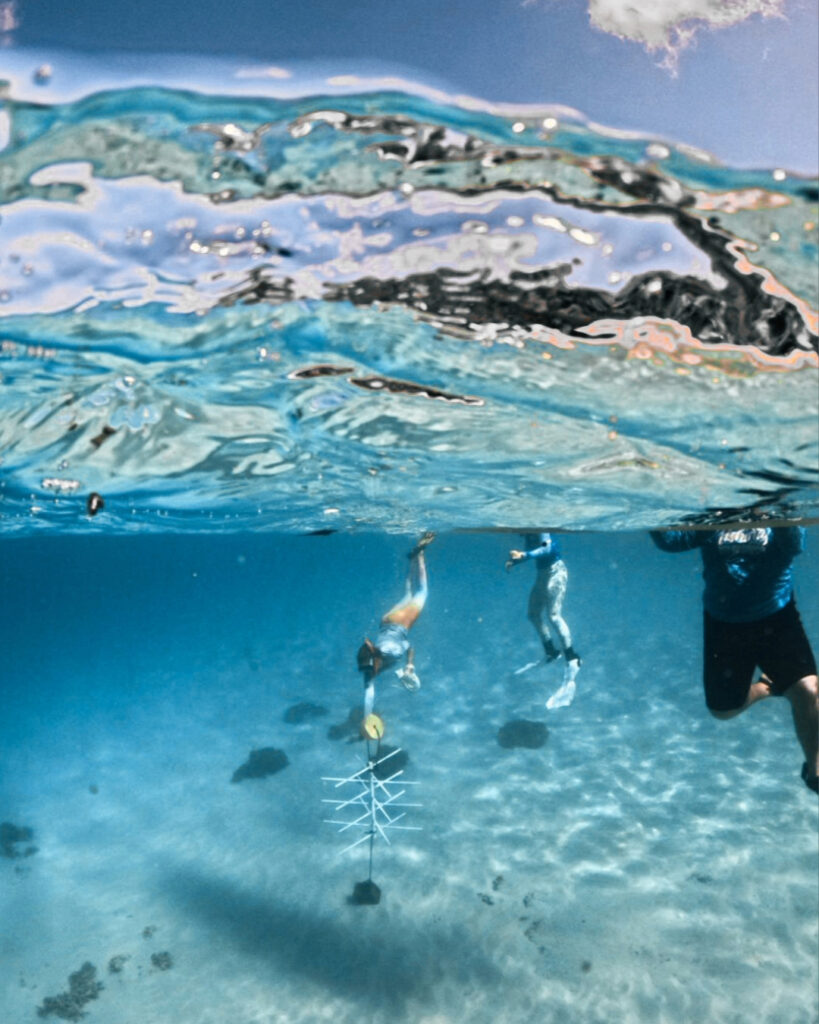
In the water, the group deployed test Coral Trees at Faga’alu Bay. Despite strong currents, the structures were successfully installed with the help of paddleboards and local ingenuity. A return visit two days later provided valuable lessons on site logistics, adaptation, and maintenance needs.
The team also assessed potential restoration sites, including Coconut Point, which faces significant degradation. While large-scale restoration may not be feasible immediately, the group discussed the potential for a pilot project to test strategies suited to the site’s unique challenges.
Sharing Knowledge Beyond the Reef
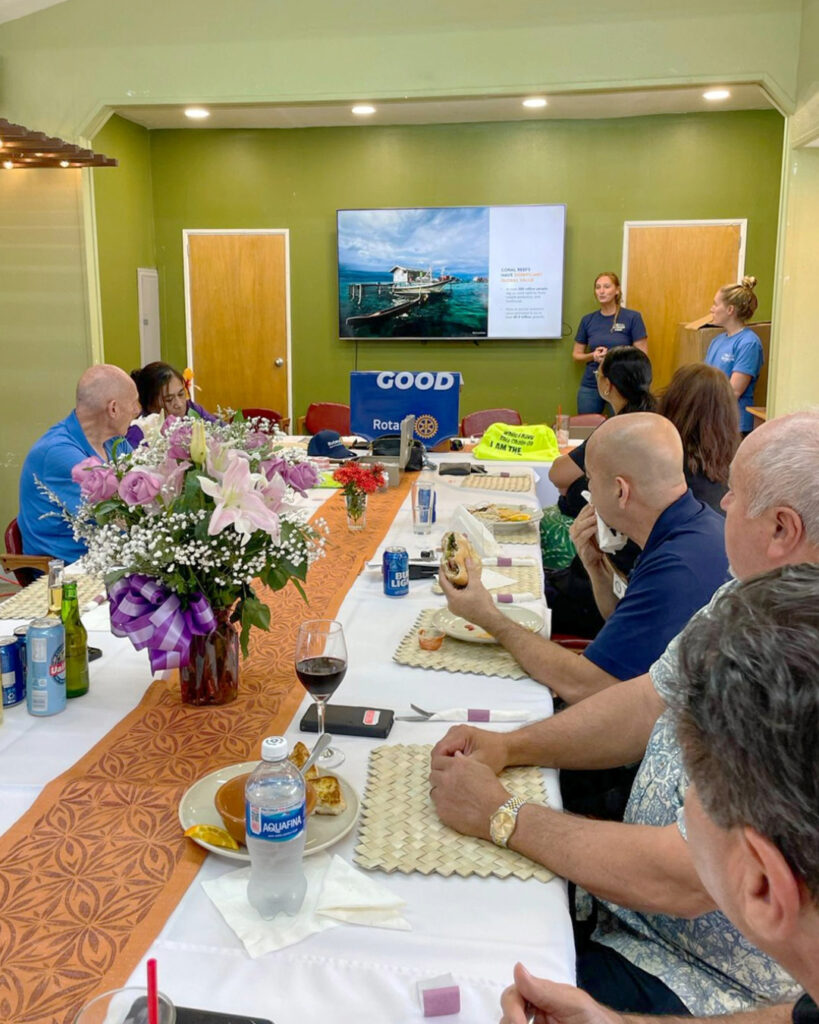
During the exchange, Nikkie and Roxane were invited to present at the Pago Pago Rotary Club. The event offered an opportunity to introduce the work CRF has completed to local leaders and highlight how restoration methods can adapt to different cultural and ecological contexts. The Rotary Club later shared a blog about the visit, underscoring the growing community interest in reef recovery
Looking Ahead
This exchange reinforced that successful restoration is not only about ecological techniques, but also about cultural connection, education, and intergenerational learning. By combining scientific expertise with local knowledge and community involvement, restoration strategies become stronger and more resilient.
The lessons from this week will guide future work in American Samoa and beyond, helping ensure that reefs remain vibrant for the people who depend on them and for the generations to come.
Written by: Roxane Boonstra, Nikkie Cox and Chelsea Co
